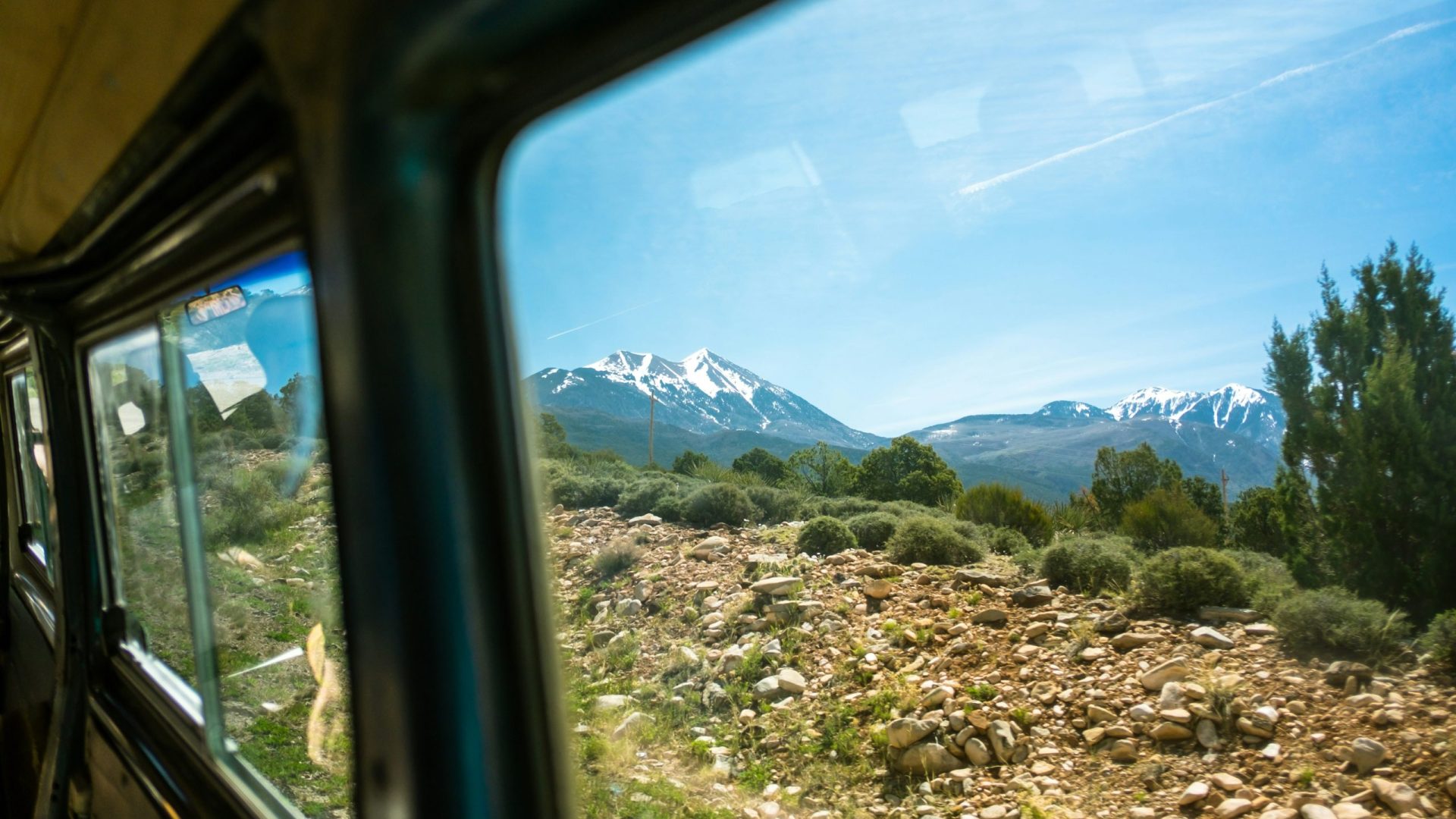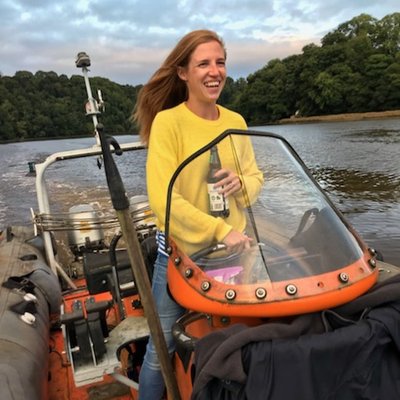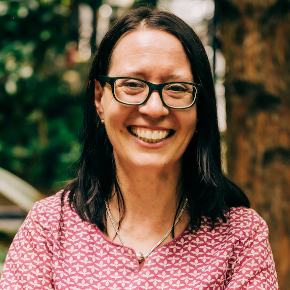
Before she worked at Intrepid Travel, Dr. Susanne Etti was a climate educator. Now, she’s changing the travel industry from the inside out.


Before she worked at Intrepid Travel, Dr. Susanne Etti was a climate educator. Now, she’s changing the travel industry from the inside out.
Dr. Susanne Etti, Intrepid’s global environmental impact manager, doesn’t have a typical career in tourism. After finishing her Ph.D. in biology, she worked for a carbon offsetting company, then ran global workshops to teach people how to be part of the climate solution.
Now, she’s working on building a new standard for radical carbon transparency within the travel industry. Recently, Etti was named one of National Geographic’s Travelers of the Year for the work she’s done to create carbon labels for over 500 of Intrepid’s trips, and to make that methodology available for competitors to adopt and use on their own trips.
She likens a carbon label to the nutrition label you see on food packaging. Her team analyzed dozens of trip components, from ground transportation to meals, activities, waste, and hotels. Then, they added an extra 15 percent, just to make sure they covered anything that may have been left out by mistake.
We asked Etti to walk us through the impact of carbon labels and to share her own approach to travel as a scientist keenly aware of climate risks.

KC: How can people interpret carbon labels when they’re planning a trip?
SE: “At this stage, it’s about transparency, to show the impact of each trip. So, if you look at a Moroccan trip and a Costa Rican trip, and maybe one in Egypt that has a flight included, then yes—the one with the flight will have a higher footprint than trips that only use ground transportation. In Costa Rica, their national energy grid is already very much running on renewable energy, so that’s reflected in the hotel emissions.
Carbon labels are about showing people all that information, but I think the bigger picture is how we can lobby across the industry to make this more standard. More companies really need to make this info available so customers can compare different companies. We want to empower other businesses to do this.”
The carbon labels don’t include transportation to and from the start of the trip, and you mentioned that flying is the elephant in the room. How should travelers think about that when they’re making decisions about where to go?
“Yeah, I think we have to look at transport emissions and how we get to and from the trip. Ground transportation options depend very much on where you call home. In my case, being in Melbourne, I would have to fly to get to Europe to see my family. But once I land in Germany, I always take ground transportation from the airport. I think it’s also getting customers to think about staying longer, to make a trip worthwhile. Also, explore your own back garden—get to know what is actually in your country, in your neighboring country, which might not involve a long-haul flight. Obviously, with flying, the cabin class makes a difference, and flying most directly to your destination.”
Flying comes up so much when we talk about sustainability. Do you think we’re talking about the right things, or is there something we’re all completely missing because we’ve been distracted by air travel?
“I think it’s a complex thing. I think we see the impact, the crises—there is so much happening in the world. We also saw the impact the pandemic had on tourist destination wellbeing. So we know that travel has a force of good with the impact that it can have locally and the creation of jobs. But I think it is important for travelers to think about staying longer and making their journey worthwhile.
When I lived in the United Kingdom, I would do these weekend trips. Two days to Hungary, or whatever, but does that benefit the local economy? I think we need to ask, how do we support local businesses when we travel, so that the money stays within the community?”
How would you define sustainable travel?
“I think it’s very holistic: How can we leave a place better? It’s about the impact that we’re actually creating on the ground. It’s social and it’s environmental.
But climate change impacts everything. We’ve seen an increase in weather extremes, and the tourism industry has a front-row seat. With those extremes, social aspects are getting more strained, too. Think about access to safe water, impacted food systems, the health sector, and so on. We’ve seen more displacement of women and children due to climate change. We need to focus on women, which is more of a social aspect. They’re the people that we need to have seated at the table when we talk about climate change.”
How can we evaluate whether we’re making good decisions when we travel?
“Start by looking at certification schemes, like B Corp. In the tourism sector, that’s growing. That means they already balance purpose and profit and have high accountability. That gives peace of mind that the organization is actually adhering to standards around the environment as well as the customer, the supply chain, the workers, and the governance.”
What can we be hopeful about?
“I think it’s hopeful to look at the solutions that are already working. Look at the revival of trains in Europe. Night trains are popping up again, thanks to the movement of people choosing trains over flights. I think that’s a great success story. We’re seeing countries produce more renewable energy. We’re seeing a real push of companies making commitments toward electric vehicles, and cities committing to having EV transport fleets for their buses. We’ve also seen political successes around the world, where laws are being implemented. I think it’s important to recognize that there are solutions, and they’re working.”
***
Adventure.com strives to be a low-emissions publication, and we are working to reduce our carbon emissions where possible. Emissions generated by the movements of our staff and contributors are carbon offset through our parent company, Intrepid. You can visit our sustainability page and read our Contributor Impact Guidelines for more information. While we take our commitment to people and planet seriously, we acknowledge that we still have plenty of work to do, and we welcome all feedback and suggestions from our readers. You can contact us anytime at hello@adventure.com. Please allow up to one week for a response.

Kassondra Cloos is a travel journalist from Rhode Island living in London, and Adventure.com's news and gear writer. Her work focuses on slow travel, urban outdoor spaces and human-powered adventure. She has written about kayaking across Scotland, dog sledding in Sweden and road tripping around Mexico. Her latest work appears in The Guardian, Backpacker and Outside, and she is currently section-hiking the 2,795-mile England Coast Path.








Can't find what you're looking for? Try using these tags: